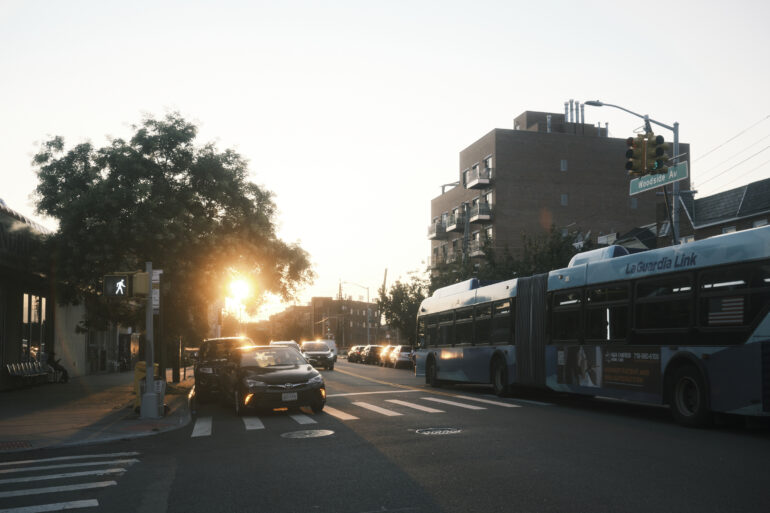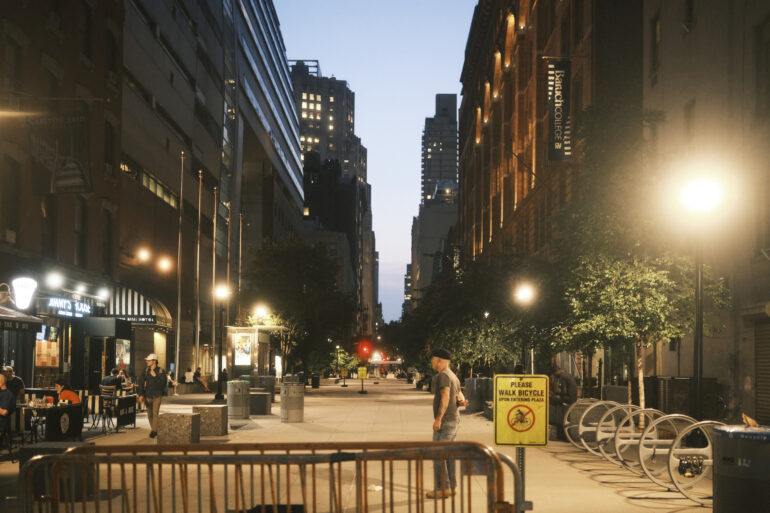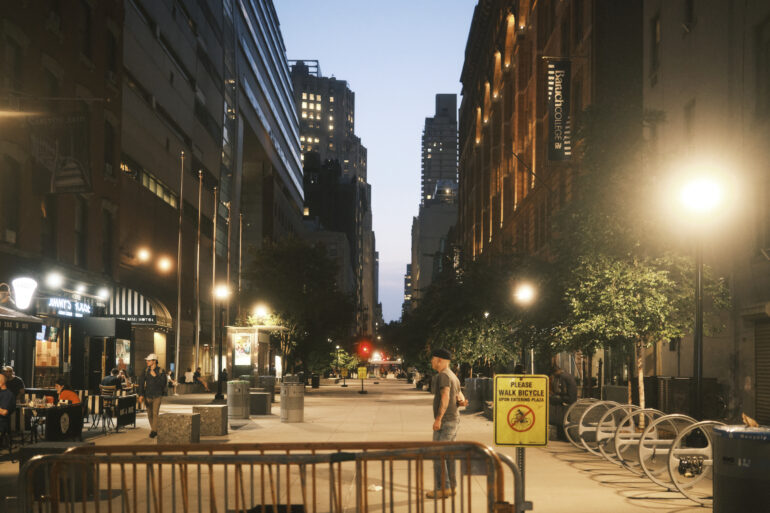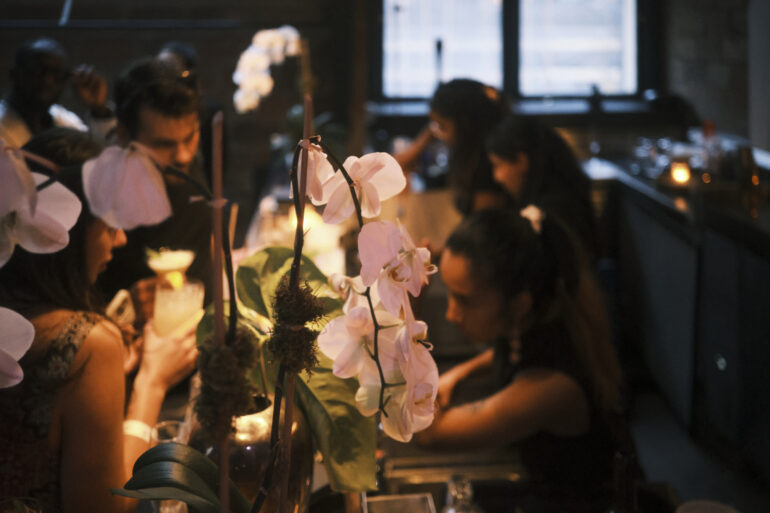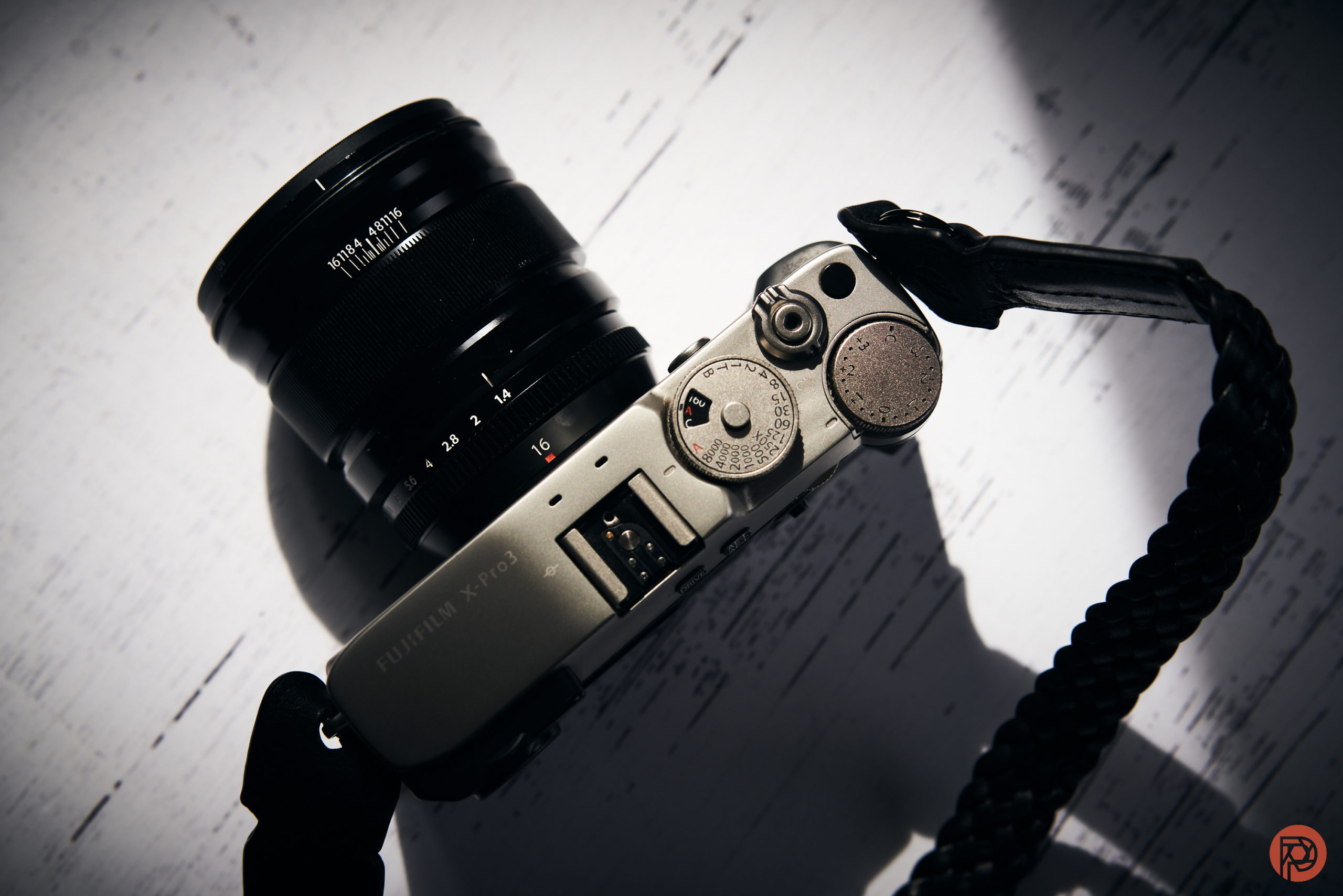One of my favorite cameras is one that’s greatly underappreciated — the Fujifilm X Pro 3. It’s the closest thing to shooting film that a digital camera can give you aside from the Leica Mx-D series. Of course, you could always just shoot film. Indeed, I do. My Nikkormat EL and Leica M6 are loaded with film right now. But shooting digital like film is a process that keeps me in line with my roots and that even reminds me of shooting like old-school digital. Here’s what I mean by it all.
Tips on Shooting Digital Like Film
For the record, shooting digital like film can be done with any camera on the market for the most part as long as you’ve got manual modes or aperture priority modes. So here’s what I mean:
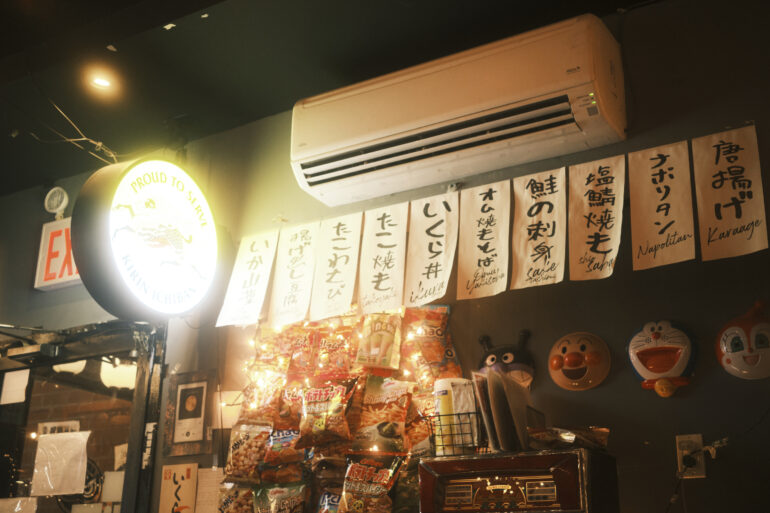
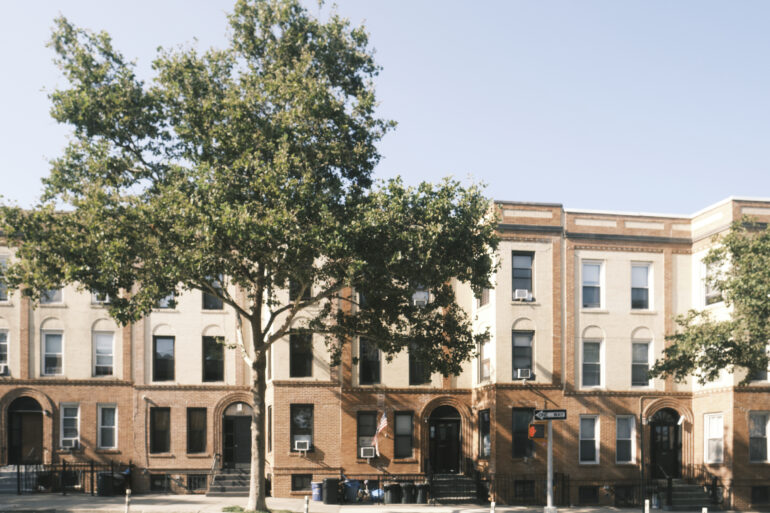
- Locking the ISO: Don’t change it. With film, you had to shoot an entire roll at ISO 100 if you chose. So you’d have to bring another camera with faster film or you’d have to use a flash and a tripod. Otherwise, you could learn how to handhold a shot to a super slow shutter speed. And if it’s blurry, then you just embrace it. I typically shoot at ISO 160, 200, 400, 800, 1600, or 6400. Essentially, I only ever shoot at film ISOs. And from there, I’ll usually give the exposure up to an extra stop of light in either direction of the light meter.
- Shooting digital like film forces me to accept that I can’t get certain photos or take pride in getting them because it’s a more difficult shot. My failures are still rewarding, but my wins are even that much more satisfying.
- Daylight white balance: You’re going to get very standard color tones that lots of people love the look of. Don’t tweak it in Lightroom or Capture One, even though people would do that in the development phase. Just embrace daylight. Otherwise, use 3200K Tungsten and embrace the blues.
- One of the biggest things is realizing that you have to adapt your shooting methods when the sun goes down. I don’t always have a flash on me, so I need to use the self-timer mode, control my breathing a whole lot, or just accept that I’ll get a blurry photo of some sort. It’s resulted in several happy accidents.
- Sometimes I go shooting for the processing session or for the slide. If I’m shooting with the slide film mentality, then I get it right in-camera. If I’m shooting for the processing, then I think of it kind of like pushing or pulling the film.
- Though later film cameras could shoot several frames a second, I typically only shoot a single frame a second. Yes, just imagine an influencer or YouTuber doing that instead of shooting 20 frames a second for a portrait of a subject that isn’t moving.
- Only the center focus point. Back then, most film cameras had one focus point. Some had more, but trust me, they were almost useless in most cases.
But What About the Mistakes?
Stop calling them mistakes. Embrace it as a happy accident and work with what you have. Part of photography is that we’re taught self-hate. But we can always find ways to spin it into something sellable and great. Just think about how many people shoot portraits with direct flash and sell it as the greatest thing ever.
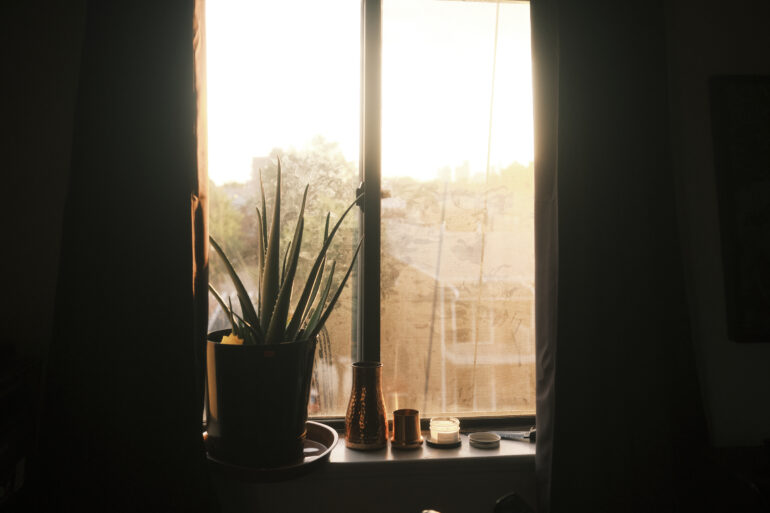
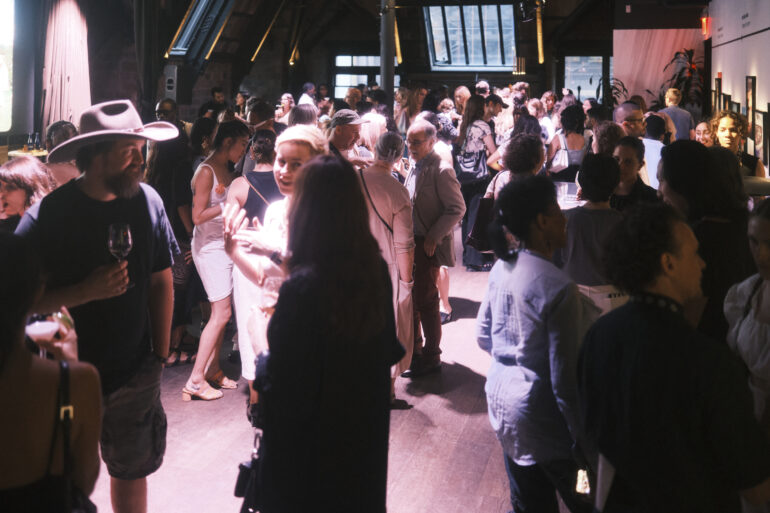
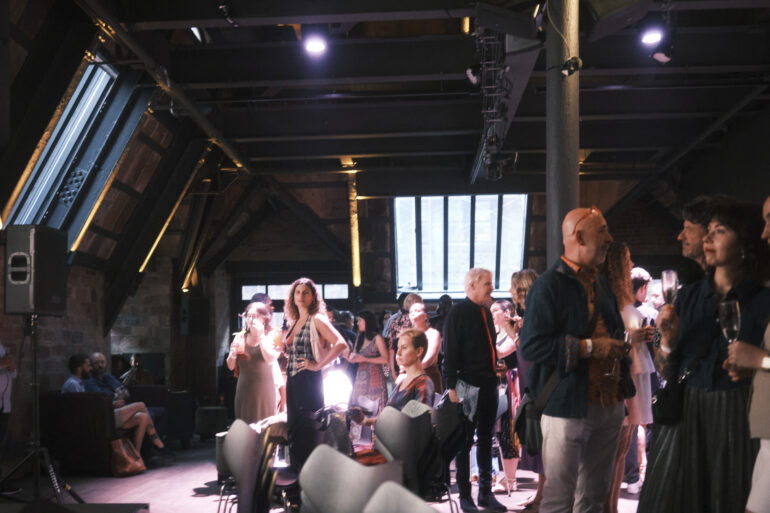
How Do You Grow?
In today’s world, you and I can be replaced by an AI algorithm all because people aren’t trained to know how to do further research and question what’s in front of them. So we have to continue to evolve beyond what we’ve been before in order to better express ourselves and find new ways to communicate artistically.
When you’re shooting digital like film, you’re relying less on all the insane capabilities of the camera and instead using yourself. The more human input comes into the photograph’s creation, the more you can be an active part of its creation. Combine this with all the tips and ask yourself several questions, and you’ll be all set.
Growth gives me joy — after a certain point, it becomes harder to grow like a plant in the same position.
